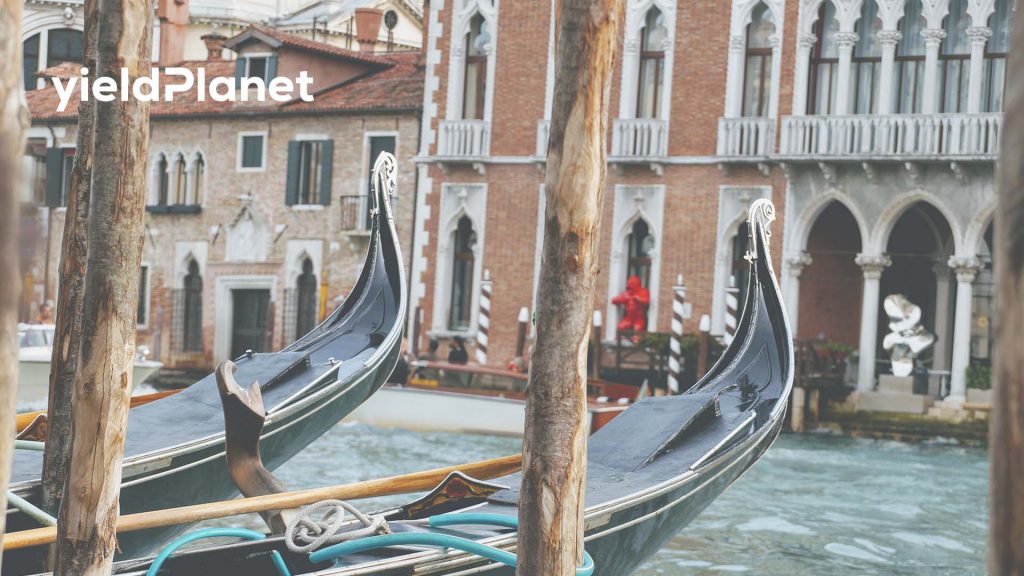Is Central Europe a new hit in tourism?

It seems that Central European countries are becoming a more and more approachable region for tourism. What is the region’s potential for the hotel industry? How it differs from Western Europe? How can you attract tourists from other regions to your hotel if you operate in Central Europe?
Hidden from tourists for much of the 20th century, Central Europe has not been a well-established touristic region until recently. In the eyes of many globetrotters, the region, between the Carpathians and the Baltic Sea is closely associated with its tumultuous past, the Iron Curtain and its mix of the Slavic languages. Changing with every moment that goes by, the countries from this region are now full members of the European Union, and as they adapt to greater European culture and reflect the plunge into modern day capitalism, the region is becoming a touristic destination to remember.
Economic development has a real impact on the hotel industry. Given the standard of living of the inhabitants of Central Europe, wealthier citizens are more willing to book accommodation in hotels, even luxury ones. Twenty five years after the fall of the Soviet Union and the regimes of satellite states, Central European countries are trying to catch up with respect to Western Europe. Citizens are quite hungry for the same standards as their neighbours from the west enjoy. Nine years ago the Polish GDP per capita was 54% of the EU average, 3 years ago it was already 68%. Hungary reduced its gap from 61% to 67%, and record holders in the region are Czech Republic (80%) and Slovenia (83%).
Lonely Planet has recently published a list of 10 most important states and cities in 2015. One of the listed was Bulgarian Plovdiv as the biggest city right after Sofia in Bulgaria, boasting the state’s most beautiful sights, attractions and nightlife. The countries of the former communist bloc countries are increasingly present in Western guidebooks, which is good news for hoteliers!
Eurostat data shows that smaller markets are more dependent on the influx of foreign tourists, For Poland, foreigners accounted for 30% of the total guests in hotels. In the case of smaller countries such as the Czech Republic and Lithuania, this number rises to more than 60, and in Bulgaria, 70 per cent. Croatia also recorded a high score thanks to its tourist attractiveness.
What distinguishes the markets of Central Europe from the West? Undoubtedly, the price for the stay. So that’s why the Croatian, Bulgarian or Polish seaside are besieged by Germans, Austrians and even Italians! Cheap holidays at a high quality can become a key to the success of a hotel. Here are a few simple steps on how to attract more tourists from the West to your hotel:
Potential of OTAs
Take advantage of the potential of sales and marketing of OTA portals. Enjoy the benefits of the big global names, but also the locals covering a country or several countries from the region. Global OTAs have massive advertising budgets on Google and enormous databases used for email marketing. However, they don’t have the same access to the little local treasures offered by local, in-the-know OTAs.
Tailor your website to your clients
Is your website offered in multiple languages? Research into the most commonly-used tourist languages in a given region pays off. If the number of Dutch tourists booking stays in a Polish hotel is significant, then supporting a Dutch-language version of your website may bring serious results.
Adjust your hotel to Western standards
Take care to maintain the highest standards of housekeeping, reception and restaurants. Bet on delicious food, local menus and the best quality bed linens! Let wireless internet be available for free in every room, not just the lobby!
Take advantage of the potential of the hotel’s surroundings
Foreign tourists come to your hotel to know the area. Help them in this! Organize attractions in the form of guided tours, or allow your guests to hire a car and a bicycle right from the property.
